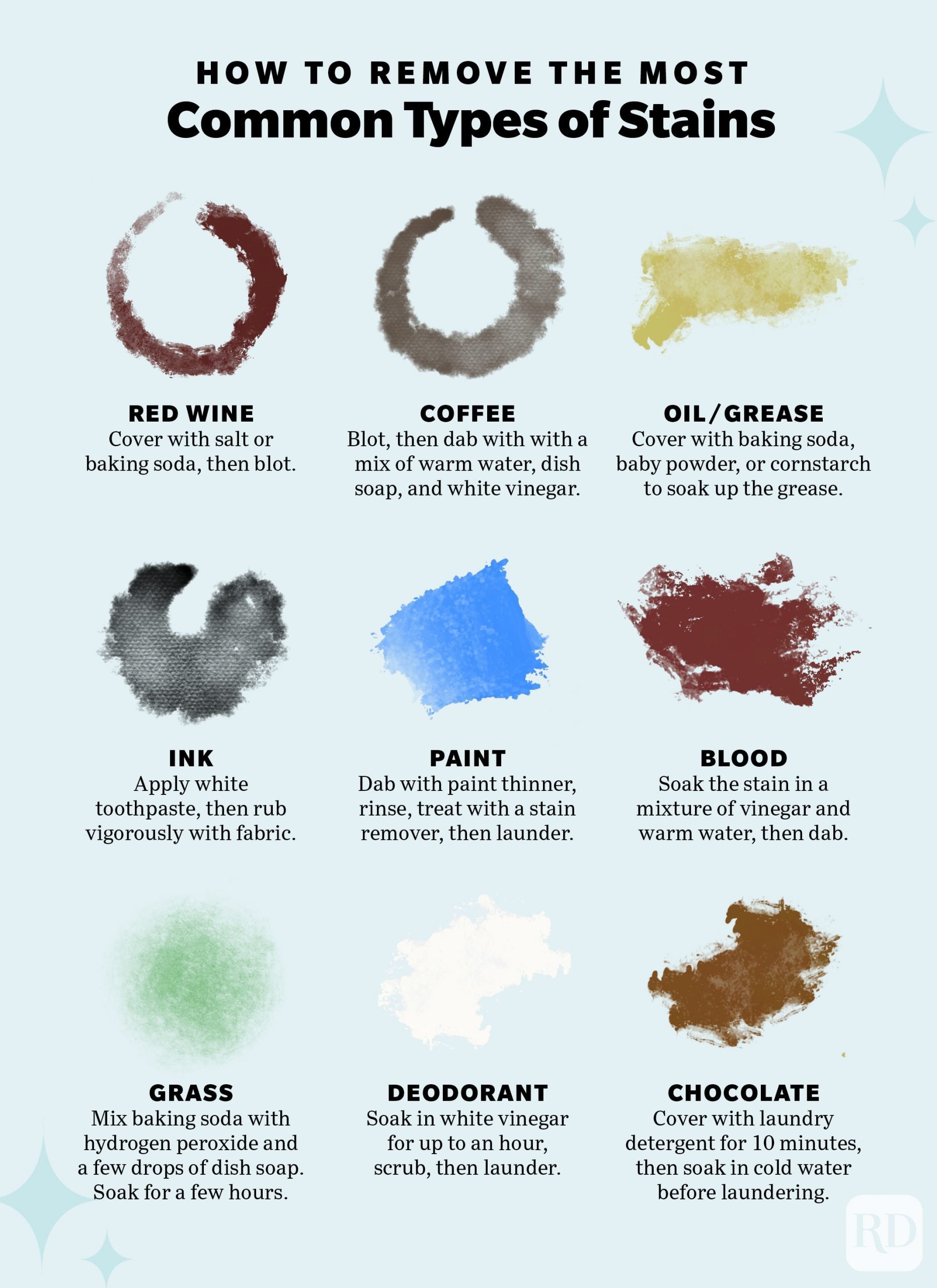Choosing the right color scheme for your home or any design project can often feel overwhelming. With so many options to choose from, it’s easy to get lost in a sea of colors. Thankfully, there is one color scheme that effortlessly creates a sense of harmony and balance— the analogous color scheme.
Analogous colors are neighboring colors on the color wheel that share similar undertones. This means that when you choose analogous colors, you are selecting shades that naturally complement each other. These color combinations are not only aesthetically pleasing but also create a sense of serenity and unity in any space.
When I was redecorating my living room, I was torn between different color schemes. I wanted something that would evoke a calm and cozy atmosphere, but I also wanted it to feel visually appealing. After some research, I came across the concept of analogous color schemes, and it immediately clicked. The idea of using colors that are closely related but not identical sounded perfect for what I wanted to achieve.
To create an analogous color scheme, start by selecting a dominant color from the color wheel. This will serve as the foundation for your palette. Let’s say you choose a soothing blue as your dominant color. The next step is to identify the neighboring colors on the color wheel, which in this case would be greens and purples. These secondary colors will be used to complement and enhance the dominant color.
To bring a sense of balance and visual interest, it’s essential to consider the varying shades and tones within the selected color range. This means incorporating lighter and darker versions of the chosen colors. By doing so, you create depth and dimension within the space. For instance, in our analogous blue, green, and purple scheme, you could use a pale mint green, a deep teal, and a soft lavender.
One of the great things about analogous color schemes is their versatility. They work well in a variety of settings, from a cozy living room to an elegant dining area or even a vibrant bedroom. Depending on the specific colors chosen, you can achieve a variety of moods and atmospheres. For instance, using warmer analogous colors like reds, oranges, and yellows can create a vibrant and energetic space, while cooler hues like blues and greens evoke a sense of calmness and tranquility.
Analogous color schemes are also incredibly useful when choosing complementary accents. By incorporating accessories or furniture in contrasting colors, you can create focal points and add interest to the overall design. For example, if you’re working with a blue, green, and purple scheme, you could introduce a pop of coral or orange to create a captivating contrast.
When implementing an analogous color scheme, it’s important to strike the right balance. While these colors naturally harmonize, using them in equal proportions can result in a monotonous or overwhelming space. To avoid this, consider using one color as the dominant shade and the others as supporting colors. This way, you can create a sense of emphasis and harmony without overpowering the space.
In my own experience, incorporating an analogous color scheme into my living room design was a game-changer. The soothing blues, greens, and purples created a serene and cozy atmosphere, making it the perfect space to unwind after a long day. The pops of contrasting colors I added through accessories brought a touch of excitement and kept the design from becoming too predictable.
So, if you’re looking for a color scheme that effortlessly brings harmony and balance to your space, give analogous colors a try. Whether you’re redecorating your home or planning a design project, these subtle and harmonious color combinations can transform any space into a visual delight. Experiment with different shades and tones within the analogous range, and don’t be afraid to add contrasting accents to create focal points. With an analogous color scheme, you’ll create a space that is both visually stunning and personally satisfying.







